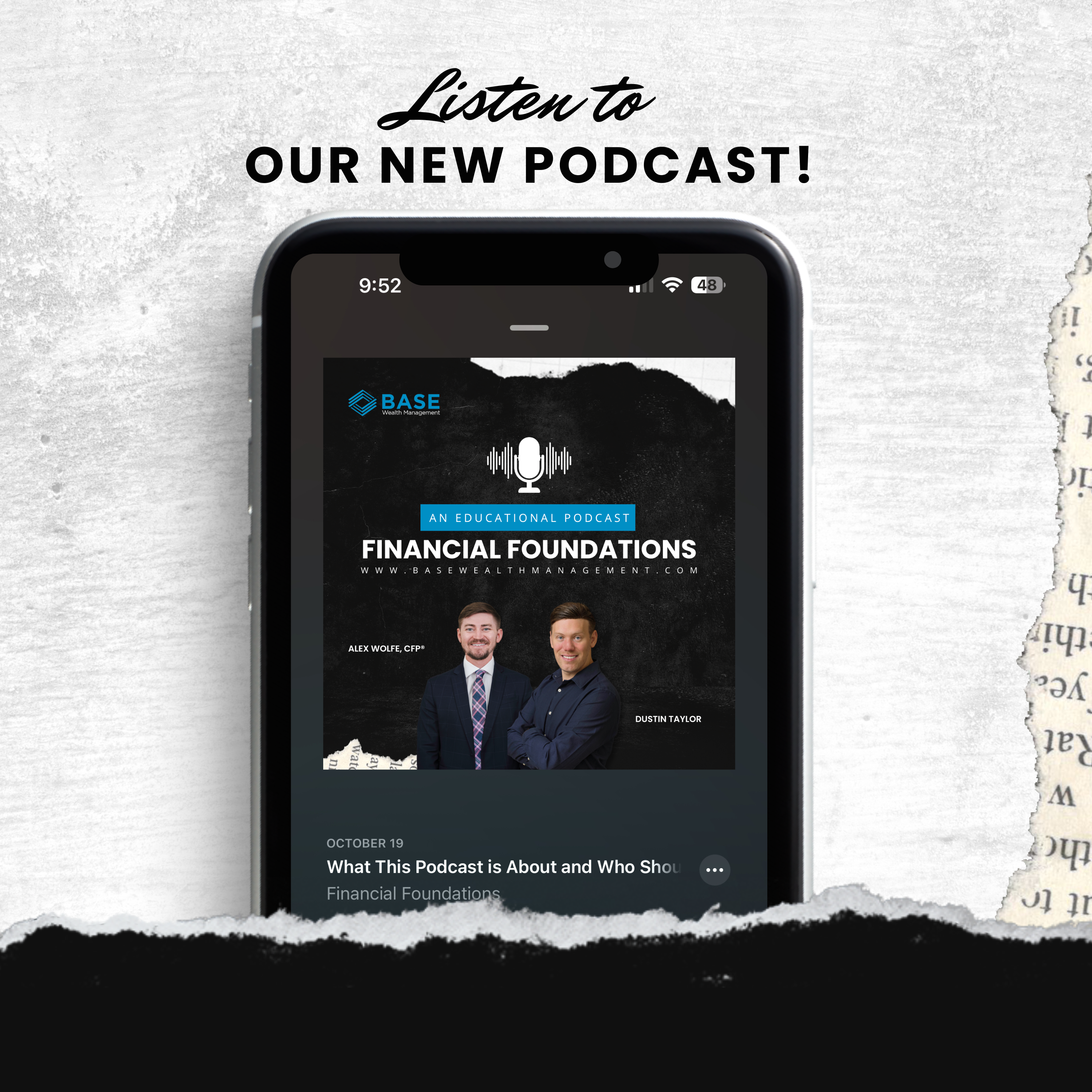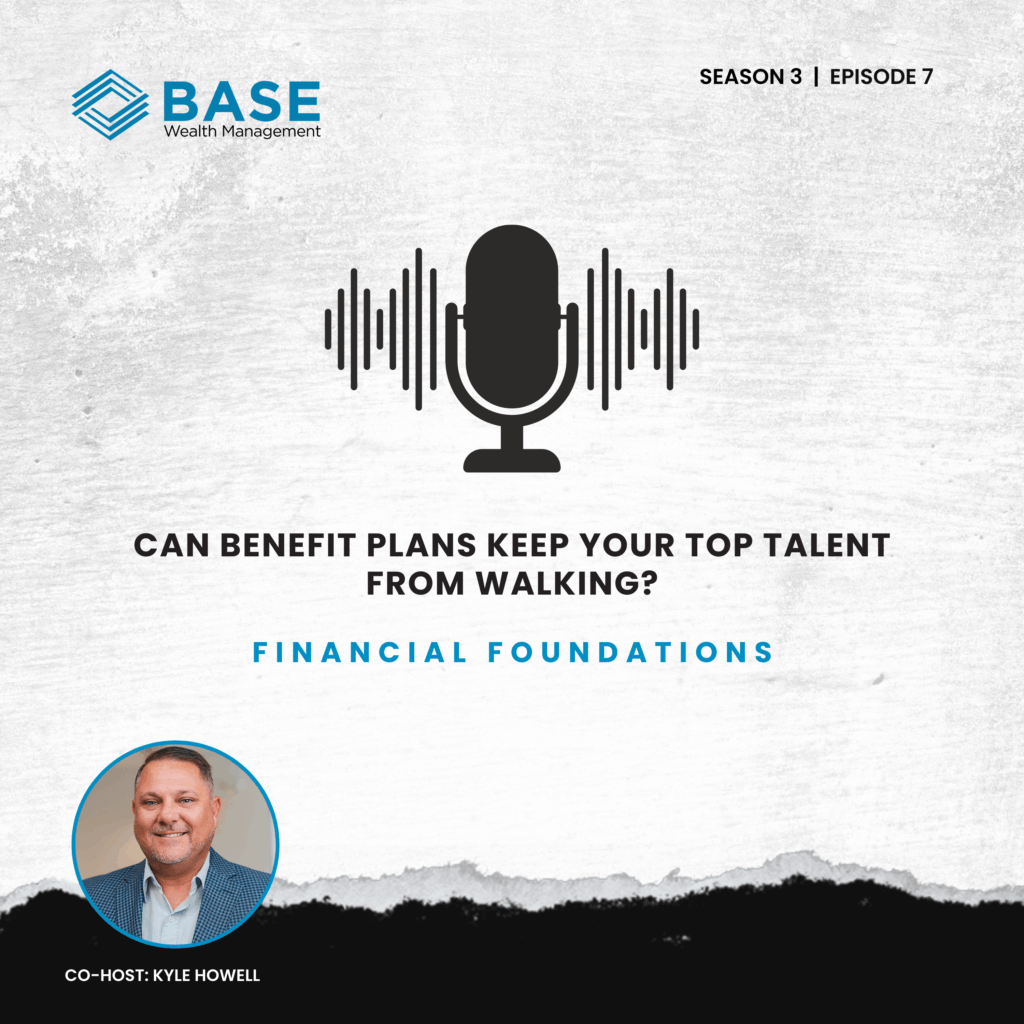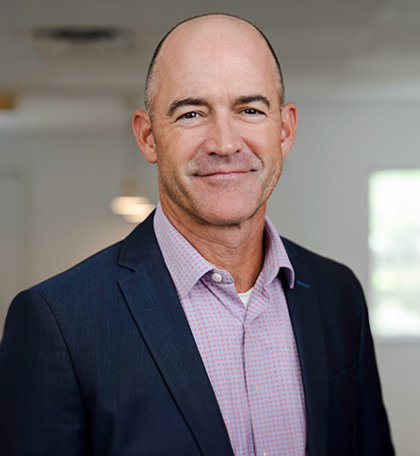July Inflation Comes in Below Expectations
Inflation rose slightly in July, with the consumer price index (CPI) increasing 0.2% for the month and 2.7% year-over-year, which was below expectations. Core CPI, which excludes food and energy, increased 0.3% on the month and 3.1% annually. Inflation data continues to show levels higher than the Fed’s target of 2.5%. Tariffs showed modest effects, with household goods prices rising, but other categories like apparel and canned foods largely flat. Markets rallied on the report as traders increased bets that the Federal Reserve will cut interest rates in September.
Producer Prices Above Expectations, Clouding Fed Rate Cut Outlook
Wholesale inflation jumped in July, with the producer price index rising 0.9% for the month, above the 0.2% forecast and the largest increase since June 2022. Core PPI also surged, pointing to broad-based price pressures across services, machinery, and portfolio management fees. The spike raised concerns that businesses may eventually pass tariff-related costs to consumers, even though consumer inflation has remained relatively contained. Markets reacted lower and higher Treasury yields, while traders trimmed expectations for multiple Fed rate cuts this year.
Falling Mortgage Rates Spark Wave of Refinancing
Mortgage rates have declined steadily in recent months, with the average 30-year fixed rate at 6.58% as of Aug. 14, down from nearly 8% in late 2023. The drop has fueled a surge in refinancing applications, which now make up about 42% of all mortgage activity—the highest level since April. Experts say homeowners with mortgage rates above 6%, particularly those closer to 7% or higher, should consider refinancing if they plan to stay in their homes long enough to offset closing costs. Rates track closely with the 10-year Treasury yield rather than the Fed’s benchmark rate, and further declines could present additional opportunities if economic data continues to soften.


















